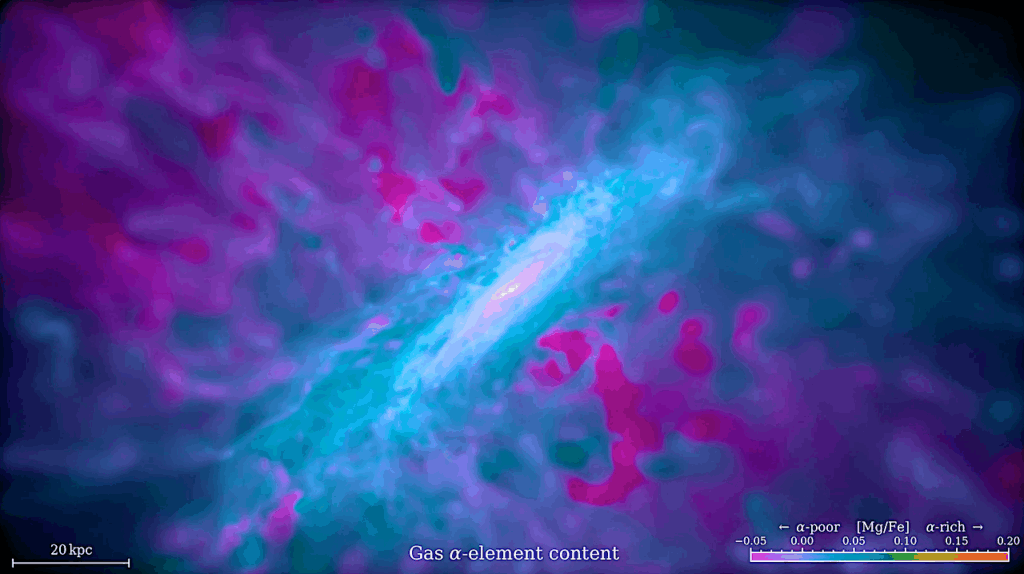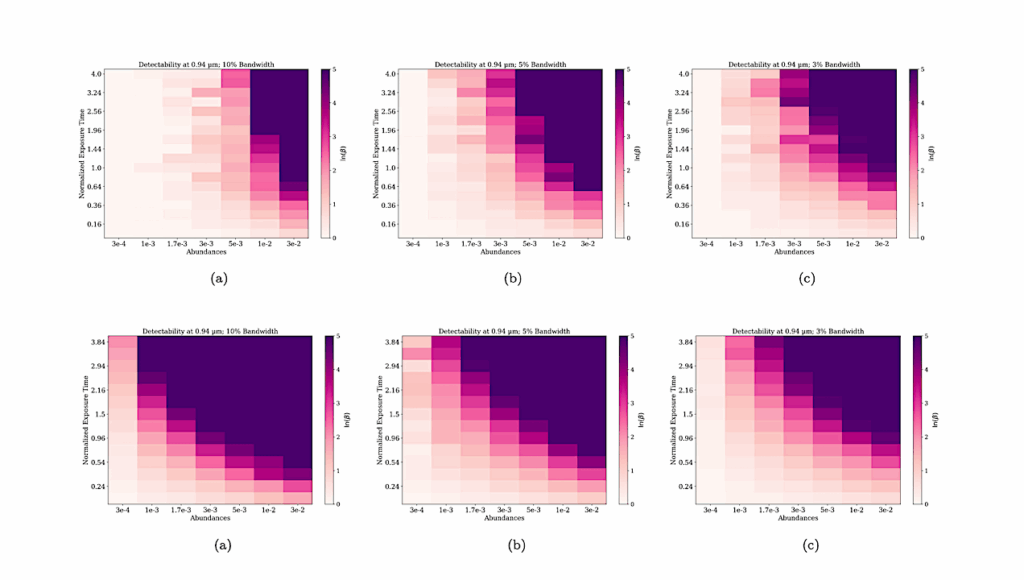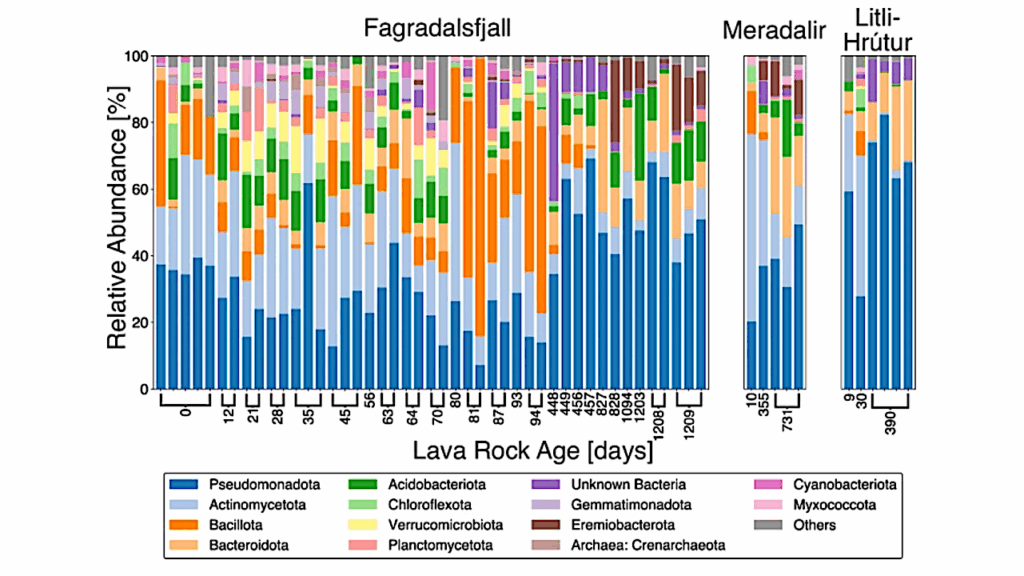Tricorder Tech: Compact Color Biofinder (CoCoBi): Fast, Standoff, Sensitive Detection of Biomolecules and Polyaromatic Hydrocarbons for the Detection of Life
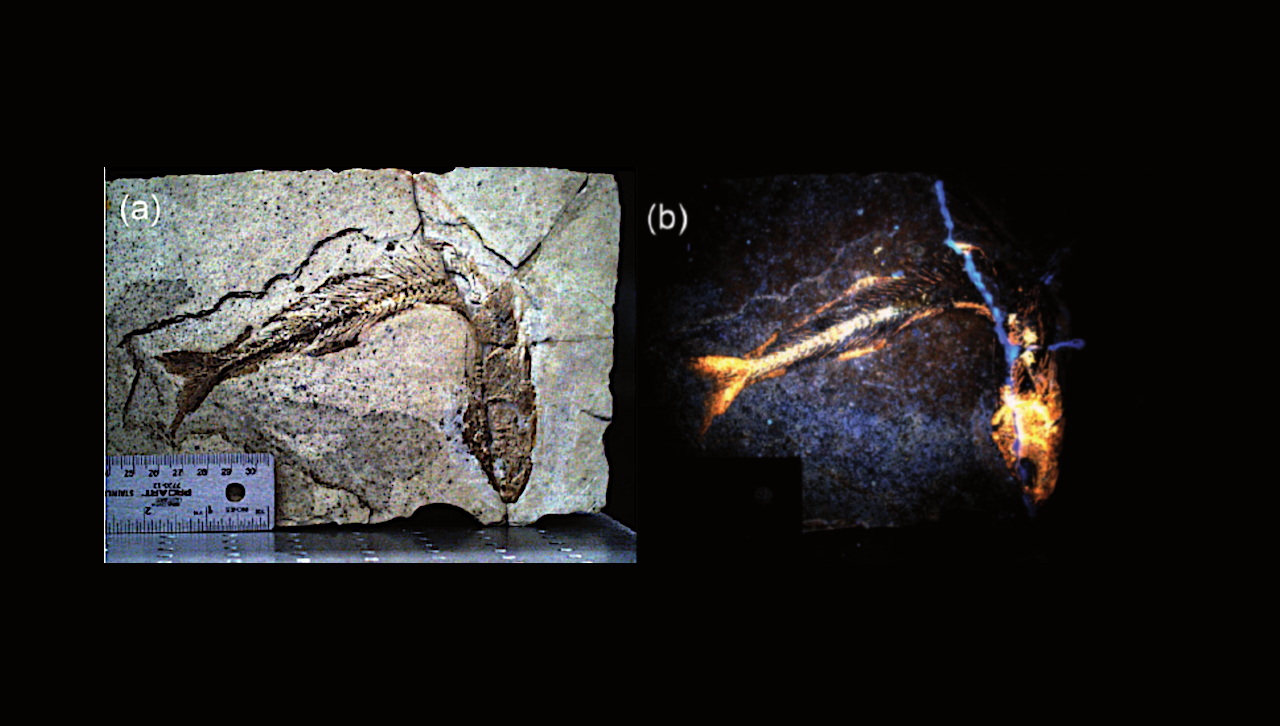
We developed a prototype instrument called the Standoff Biofinder, which can quickly locate biological material in a 500 cm2 area from a 2 m standoff distance with a detection time of 0.1 s. All biogenic materials give strong fluorescence signals when excited with UV and visible lasers.
In addition, the luminescence decay time of biogenic compounds is much shorter (<100 ns) than the micro- to millisecond decay time of transition metal ions and rare-earth ions in minerals and rocks. The Standoff Biofinder takes advantage of the short lifetime of biofluorescent materials to obtain real-time fluorescence images that show the locations of biological materials among luminescent minerals in a geological context.
The Standoff Biofinder instrument will be useful for locating biological material during future NASA rover, lander, and crewed missions. Additionally, the instrument can be used for nondestructive detection of biological materials in unique samples, such as those obtained by sample return missions from the outer planets and asteroids.
The Standoff Biofinder also has the capacity to detect microbes and bacteria on space instruments for planetary protection purposes.
Introduction
Searching for evidence of life in other planetary bodies isone of the most important goals of NASA. Strong evidence that reveals the positive detection of the presence of existing or extinct life would be a scientific discovery and breakthrough with international impacts. So far, strong evidence of the presence of life outside of planet Earth has not been found. Life is ubiquitous on Earth, and it is difficult to find regions which are free of the presence of life. On the other hand, the search for biosignatures on outer planetary bodies is challenging due to large geological areas showing no obvious features of life.
Finding any evidence of microscopic life such as microbes or even fossils in a large collection of rocks is a huge challenge for a rover/lander, which could take a significant amount of time for analysis. Furthermore, it is even more challenging if life was never present and there is nothing to detect. Therefore, the development of sensitive sensors that can detect biological materials and biomarkers at high speed in a large area without sample collection is of vital importance to NASA’s astrobiology and planetary exploration program.
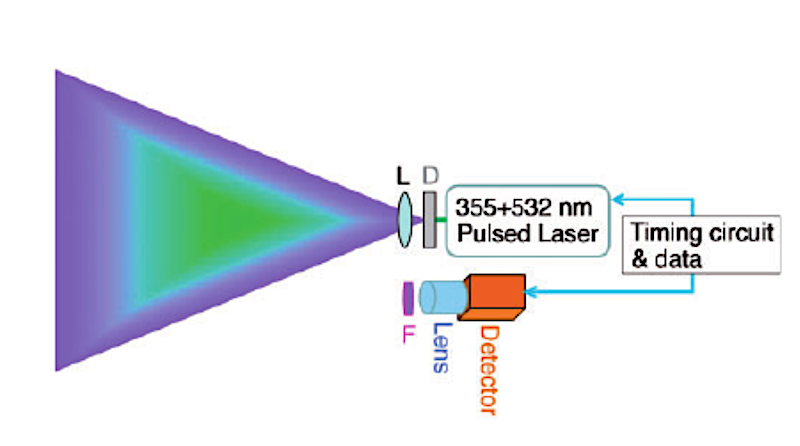
A schematic diagram of the CoCoBi system. L, lens; D,diffuser; F, optical filter; and detector, a CMOS — Applied Spectroscopy

(a) Image showing the CoCoBi system mounted on a tripod during outdoor daytime field testing from a target distance of 3 m. The system is facing two large lava rocks and a metal ruler, which are illuminated by the green laser light. (b) The inset image showing the details of the target area without the laser illumination. These images were taken with an iPhone — Applied Spectroscopy

The daytime detection of biological materials from a distance of 3 m using the CoCoBi system. The white light image (a)taken by the CoCoBi system without laser excitation. The biofluorescence image (b) is taken with a single laser pulse excitation (355 and 532 nm) and 1 ms detection time. The laser beam was expanded to a diameter of 45 cm. The fluorescence image shows the presence ofdiverse microbial colonies on the lava rocks and other biological materials in the target area. A 30cm long metal ruler with fluorescent marking was used as a scale. — Applied Spectroscopy

Field testing at He‘eia Kea Boat Harbor, Kane‘ohe, Hawai‘i, on a partly cloudy day with the CoCoBi system 1.7m aboveocean water level. The water depth at the location of the test was 1.5 m. Biofluorescence images (c) and (d) obtained by the systemshow the presence of microbial life at the ocean floor along with a floating wood stick and leaves. Both fluorescence images were obtained with single laser pulse excitation and 1 ms detection time. — Applied Spectroscopy
“Standoff Biofinder” for Fast, Noncontact, Nondestructive, Large-Area Detection of Biological Materials for Planetary Exploration, Applied Spectroscopy via PubMed
Astrobiology



